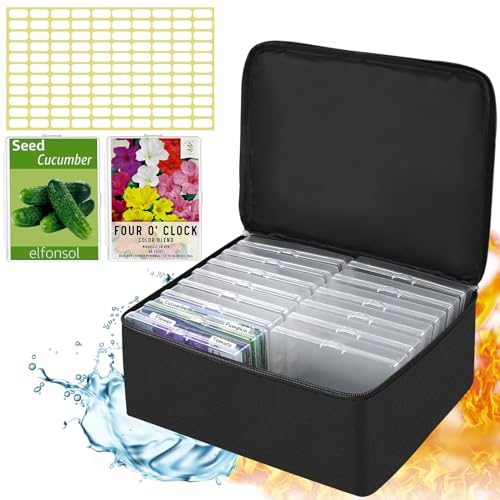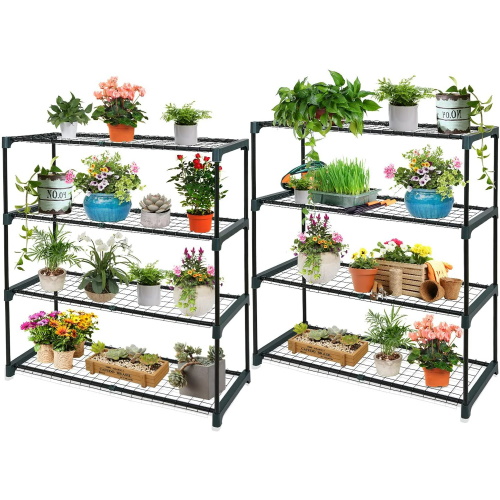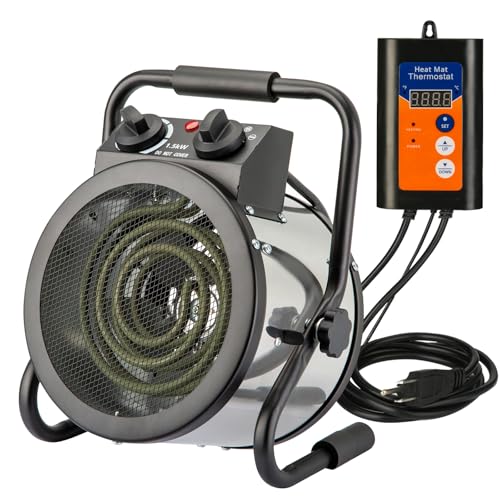Vegetables to grow in a greenhouse in fall – 9 of the best crops to plant undercover
Once the summer crops come to an end, there are hardy vegetables to take their place to provide a harvest in late fall and winter
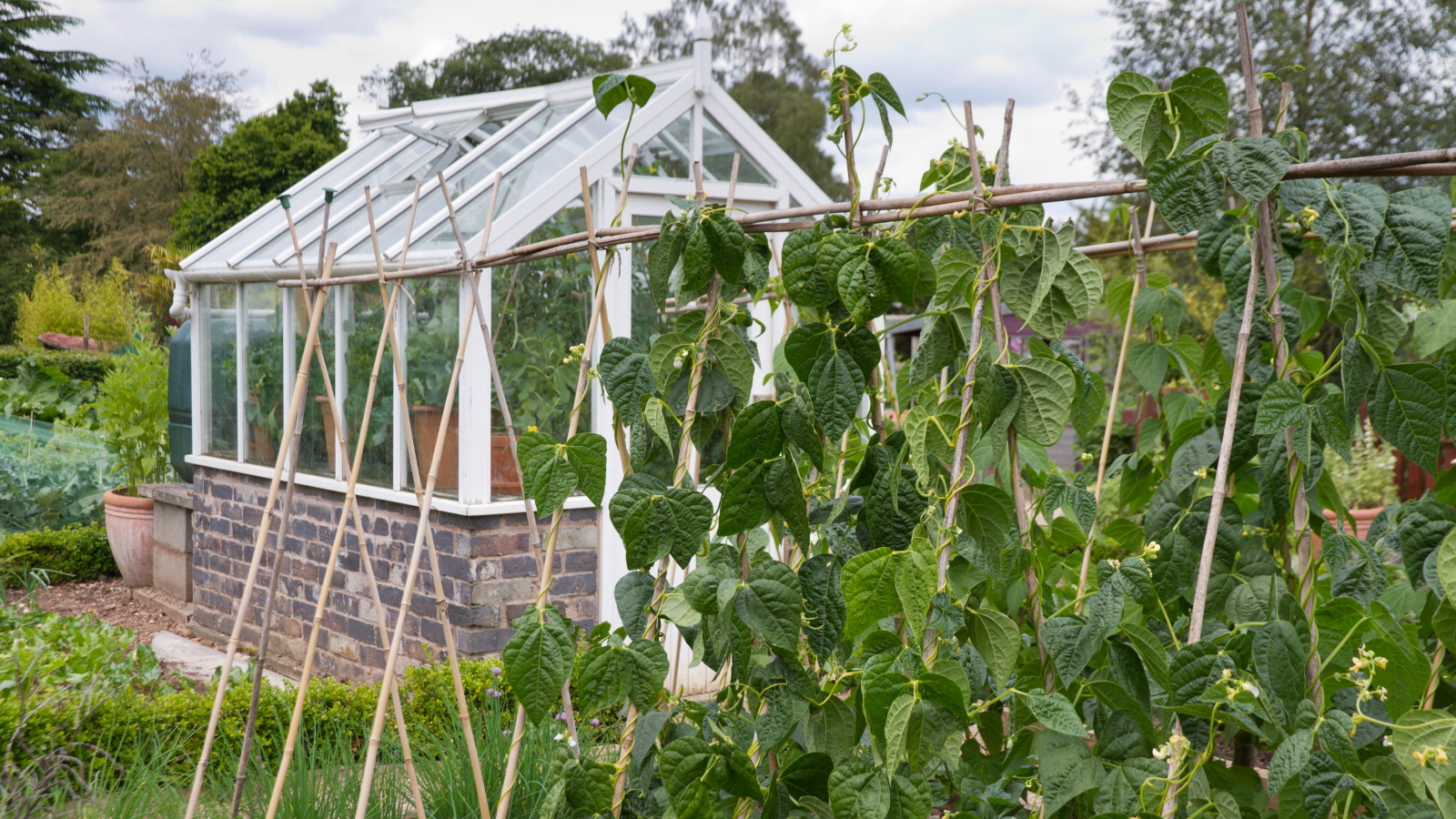

A greenhouse offers a fantastic opportunity to extend the growing season for many crops. When the temperatures dip outside, they remain a protected space to continue growing a range of vegetables.
The list of vegetable garden ideas that can be grown in a greenhouse in fall or winter is a long one. How many of these greenhouse ideas you can use may depend on if your greenhouse is heated or unheated. A heated greenhouse over winter can increase the range of edibles that you can grow during fall and winter.
Whether you have a large backyard greenhouse, or a DIY greenhouse to fulfil your growing needs, we take a look at some of the best crops to consider growing in a greenhouse in fall to harvest in late fall, winter, and beyond.
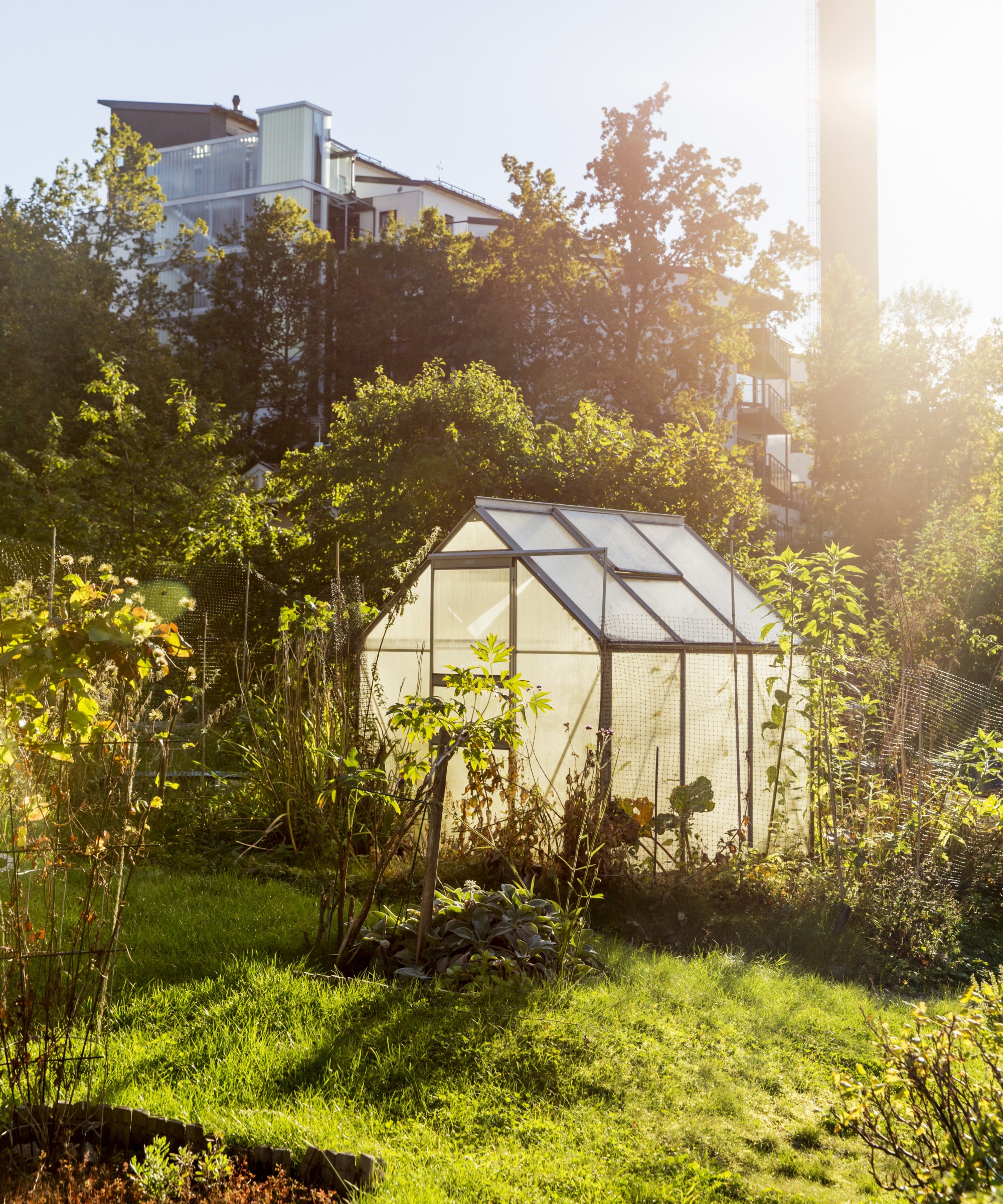
Greenhouses provide a protected space to grow crops into late fall and winter
9 fall greenhouse crops to consider
A greenhouse is not just for growing heat-loving crops, like growing tomatoes, eggplants, peppers, or cucumbers. Many of the best vegetables to grow in a greenhouse can be grown in fall, being ready to come to the fore when summer crops come to an end, taking advantage of the ability to extend seasons by growing undercover.
If you want to winterize a greenhouse, then there are methods to help prevent the temperature from dropping below zero - which will allow you to grow many crops. As well as the cold, when planning a greenhouse for fall and winter it is important to consider lighting. The light levels are also important to plant growth, so artificial LED lighting, such as these grow lights available at Amazon, can be used to compliment natural light during the winter months.
Things will take longer to grow in fall than during the summer months, so it may take a bit longer to grow food in a greenhouse in fall and winter. It is well worth the wait as homegrown produce in the colder months will surpass any vegetables or herbs you buy from the store.
1. Lettuce
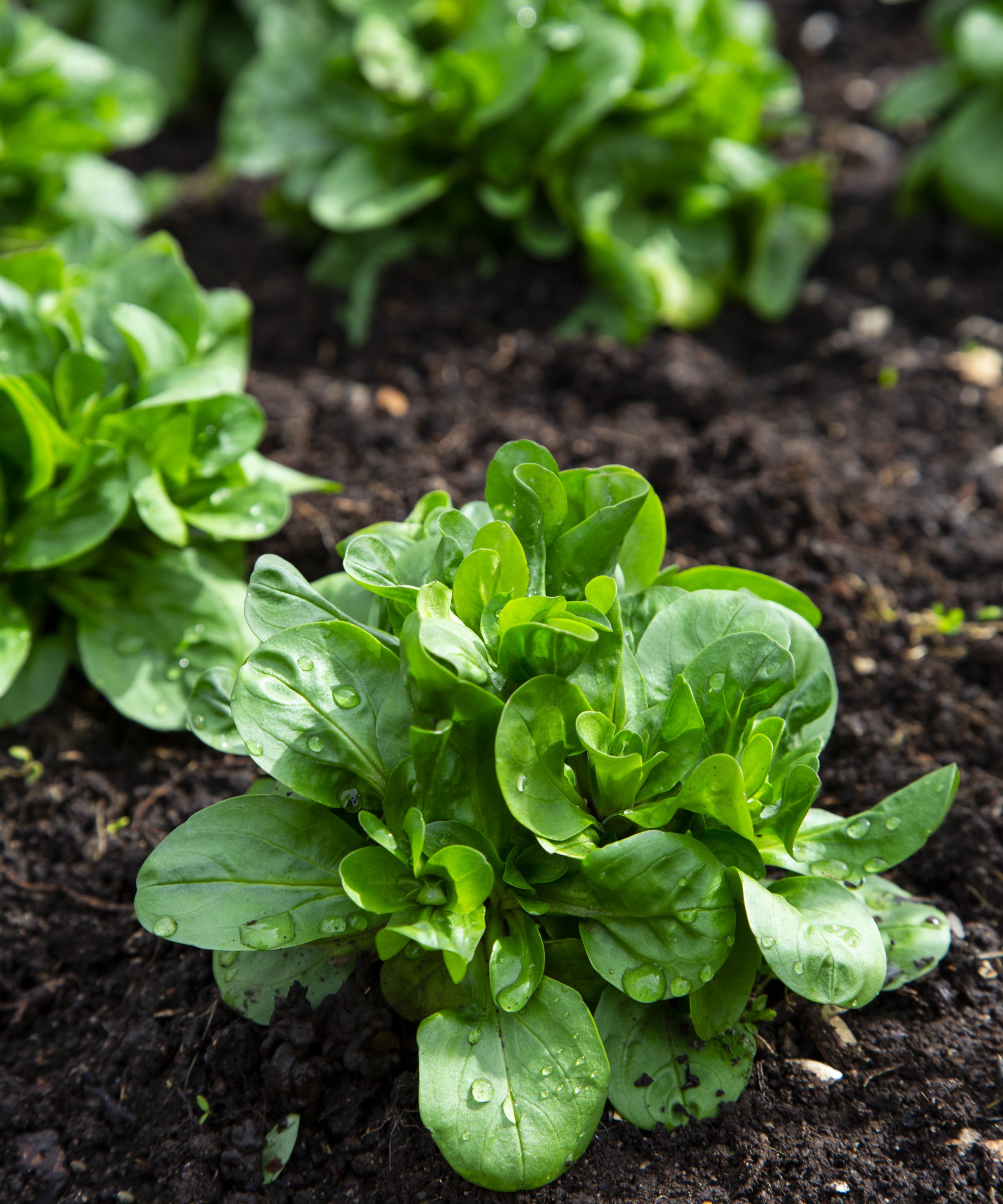
Corn salad can crop from mid-fall through into spring
Hardy types of winter lettuce can be planted in a greenhouse in the fall to provide leafy crops throughout fall and winter. These winter types are more suited to colder temperatures and lower light levels.
Design expertise in your inbox – from inspiring decorating ideas and beautiful celebrity homes to practical gardening advice and shopping round-ups.
When growing lettuce in fall, types such as ‘Winter Gem’, ‘Winter Marvel’, or ‘Winter Density’ are most ideal as well as alternatives for leafy winter greens, such as winter purslane or corn salad, also known as lamb’s lettuce. You can buy a range of lettuce seeds from True Leaf Market.
2. Carrots
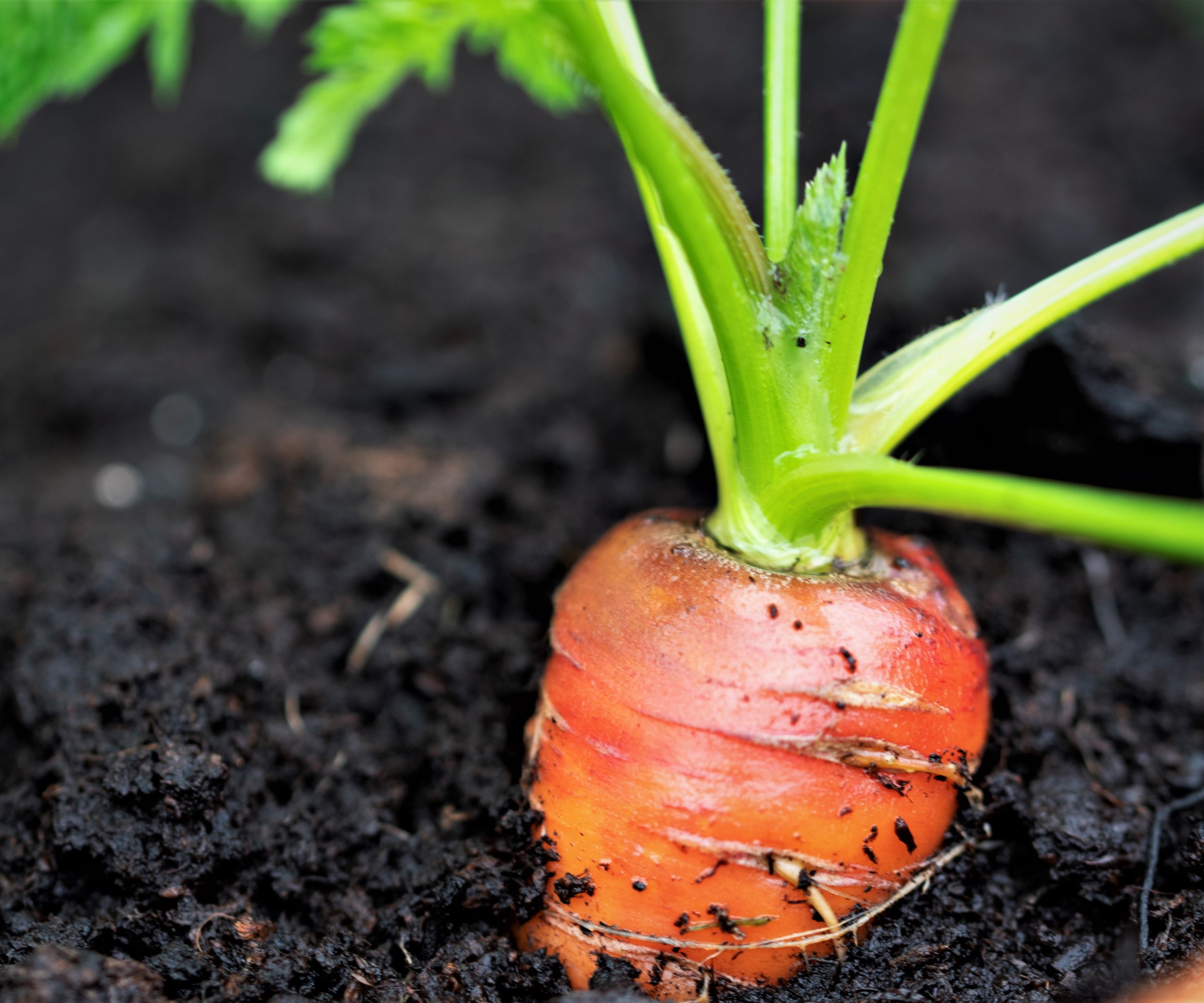
Carrots like a well-draining and sandy soil undercover
The advantage of growing carrots in a greenhouse is the fact you can extend the harvesting season, sowing earlier in spring or later in fall to be able to harvest in late fall and early winter. Carrots grow well in cooler temperatures and can be ready to harvest in under 80 days.
Picking round varieties of carrots, such as ‘Parisian' carrot types, available at True Leaf Market, can mean quicker harvests and you can have small orange round roots to pick in closer to 60 days. You can even grow carrots indoors as an alternative.
3. Asian leaves

Mizuna has serrated leaves and comes in red or green types
The likes of bok choy, tatsoi, komatsuna, mizuna, or mustards are all suited to fall greenhouse sowing. There is a great range of Asian greens to consider. They germinate fast in warmer soils and prefer cooler temperatures in the fall.
These leaves come in a range of flavors, ranging from mild to ones with a spicier kick, and are versatile. Many can either be picked as baby leaves to be added to salads, or left to grow to maturity for use in stir fries. Explore a range of Asian garden seeds available at True Leaf Market.
4. Kale

Kale comes in different colors and leaf shapes
Growing kale in a greenhouse for fall and winter might seem lavish as it is a crop that can survive being outdoors in a vegetable garden throughout winter. However, while the plants can survive very low temperatures outside, a planting of kale indoors in fall can continue to provide you with tender young kale leaves throughout winter and into spring, even in an unheated greenhouse.
There are many different kales to choose from, ranging in terms of leaf size and color, while ‘Cavolo Nero’ can provide strap-like dark leaves that are sweeter than other kales. See the range of kale seeds available at Burpee. You can also harvest kale in a particular way that keeps it growing, extending the harvesting season.
5. Arugula
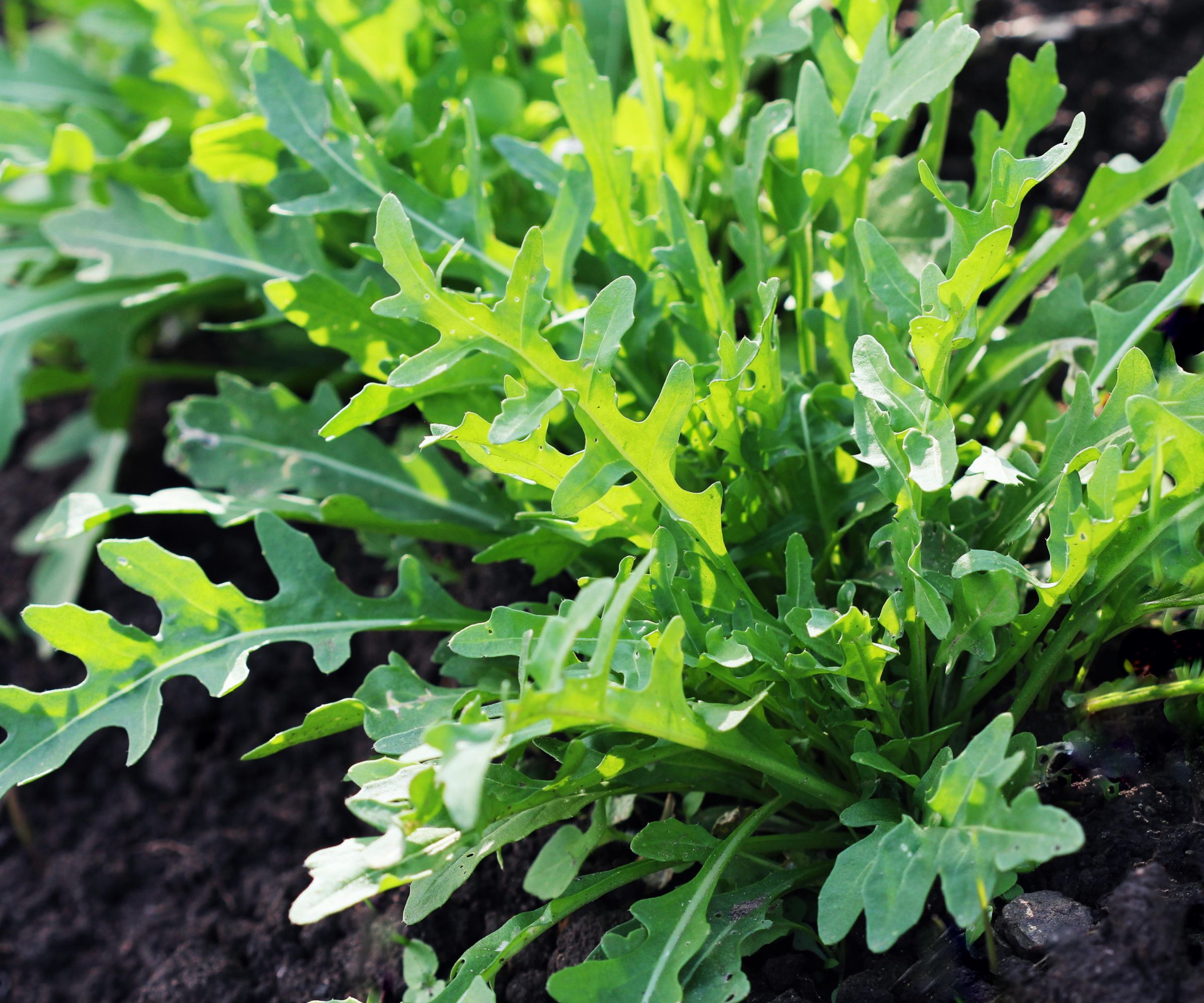
Arugula grows happily at temperatures between 50-75°F
Most types of arugula, also known as rocket, are hardy enough to grow in unheated greenhouses throughout the fall and winter. A sowing of this cold-season crop in early fall should be able to give you lots of harvests throughout the colder months. It can be as little as 30-40 days to start getting an arugula harvest of small and spicy leaves. Find arugula seeds at Burpee.
6. Spinach
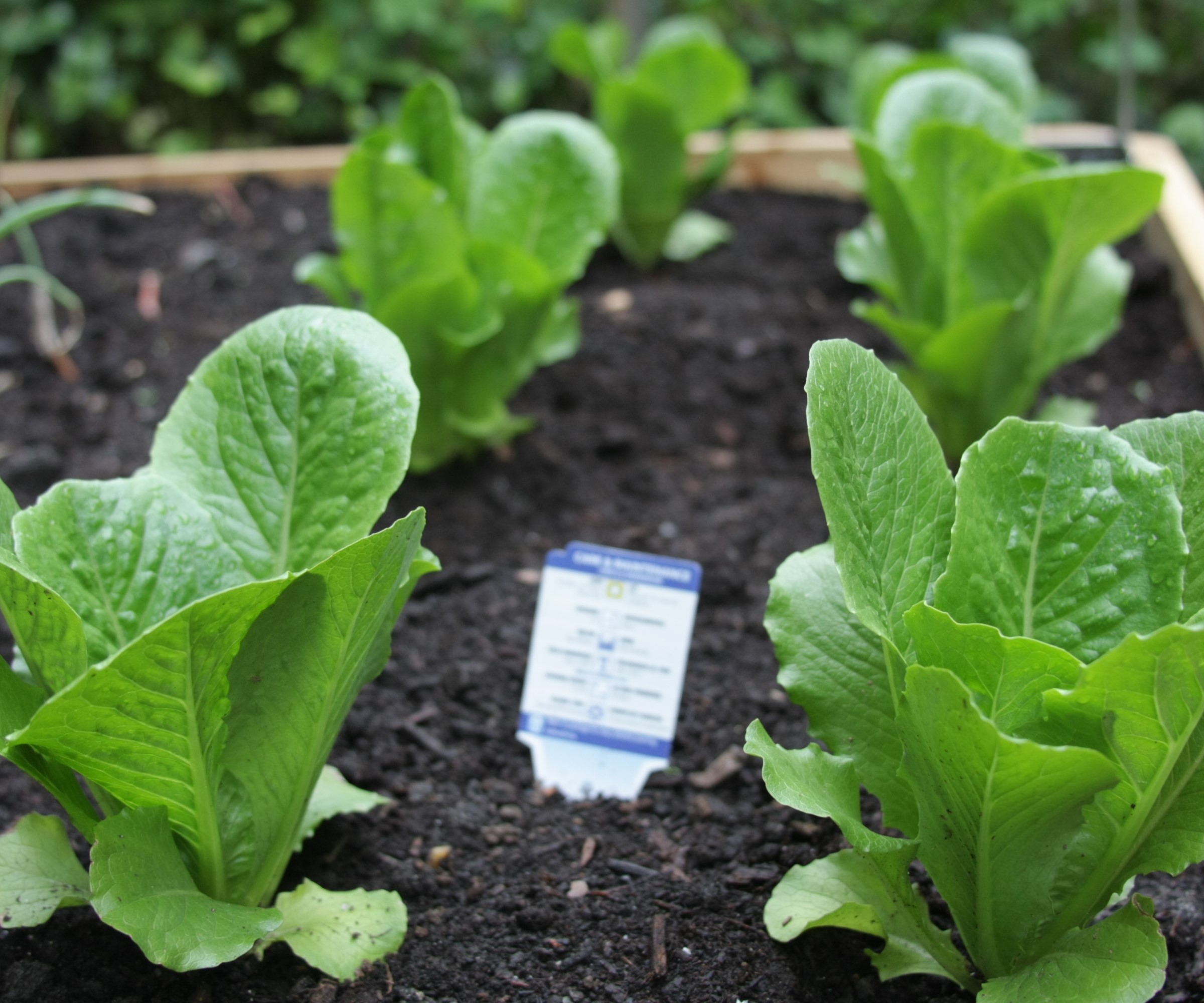
Spinach likes growing in cooler temperatures
This fast-growing vegetable is similar to arugula, it is a leafy crop that loves cooler temperatures and can grow quickly from a fall planting. It can take around eight weeks to go from sowing to harvesting spinach and it is a crop that can give you many harvests from one plant. Good air circulation is important when growing spinach in a greenhouse to reduce the chances of powdery mildew affecting plants.
7. Spring cabbage
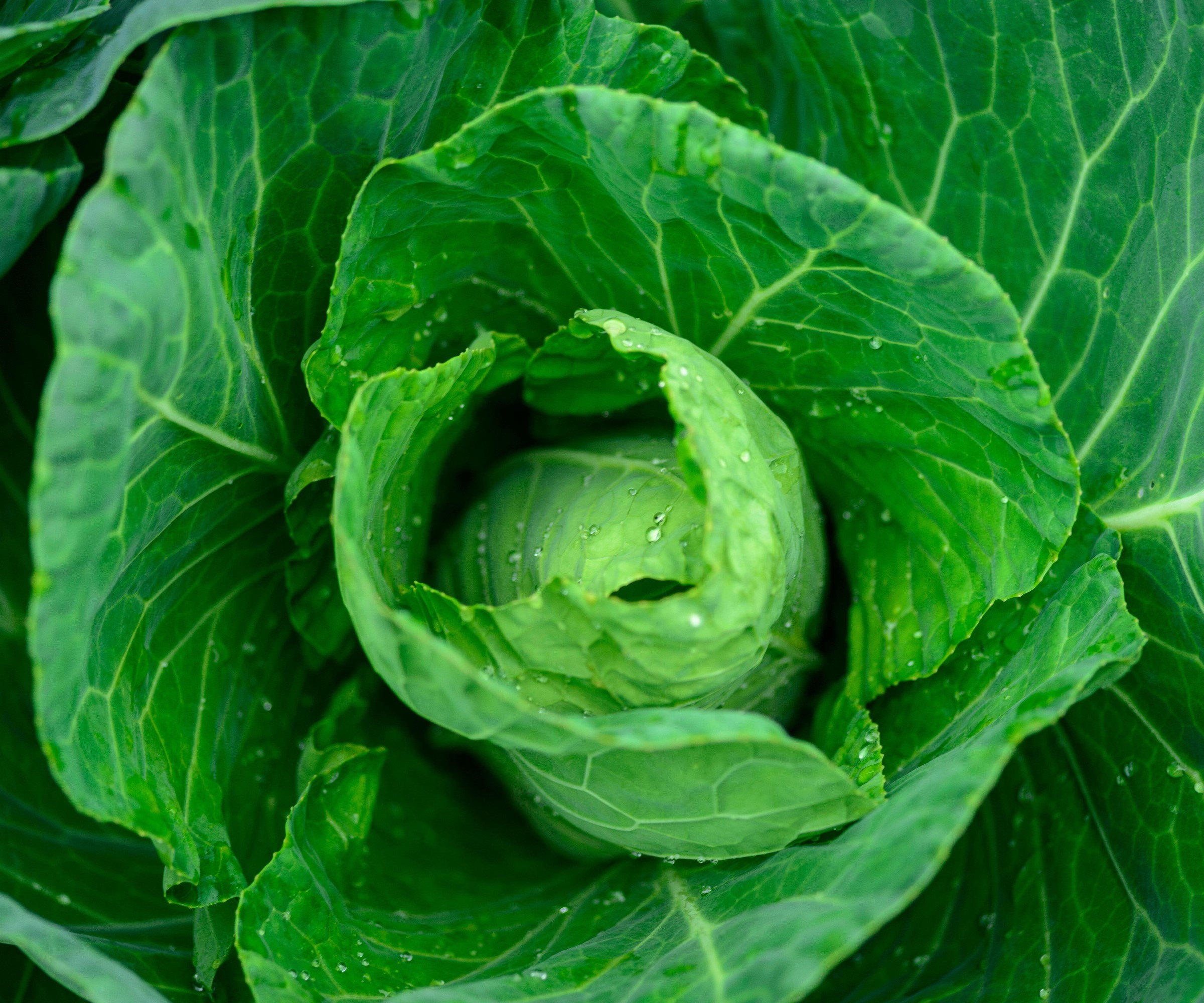
Spring cabbages often have pointy heads
The time to sow spring cabbages to grow in a greenhouse is in early fall, in September. These can then be transplanted into their final growing position come October to be ready for harvest come spring. Plant each cabbage around 12 inches apart and, in early spring, some can be picked as spring greens while others are left to fill the space as they grow larger. Chinese cabbage (seeds available at True Leaf Market) is one of the fastest growing varieties.
8. Radish
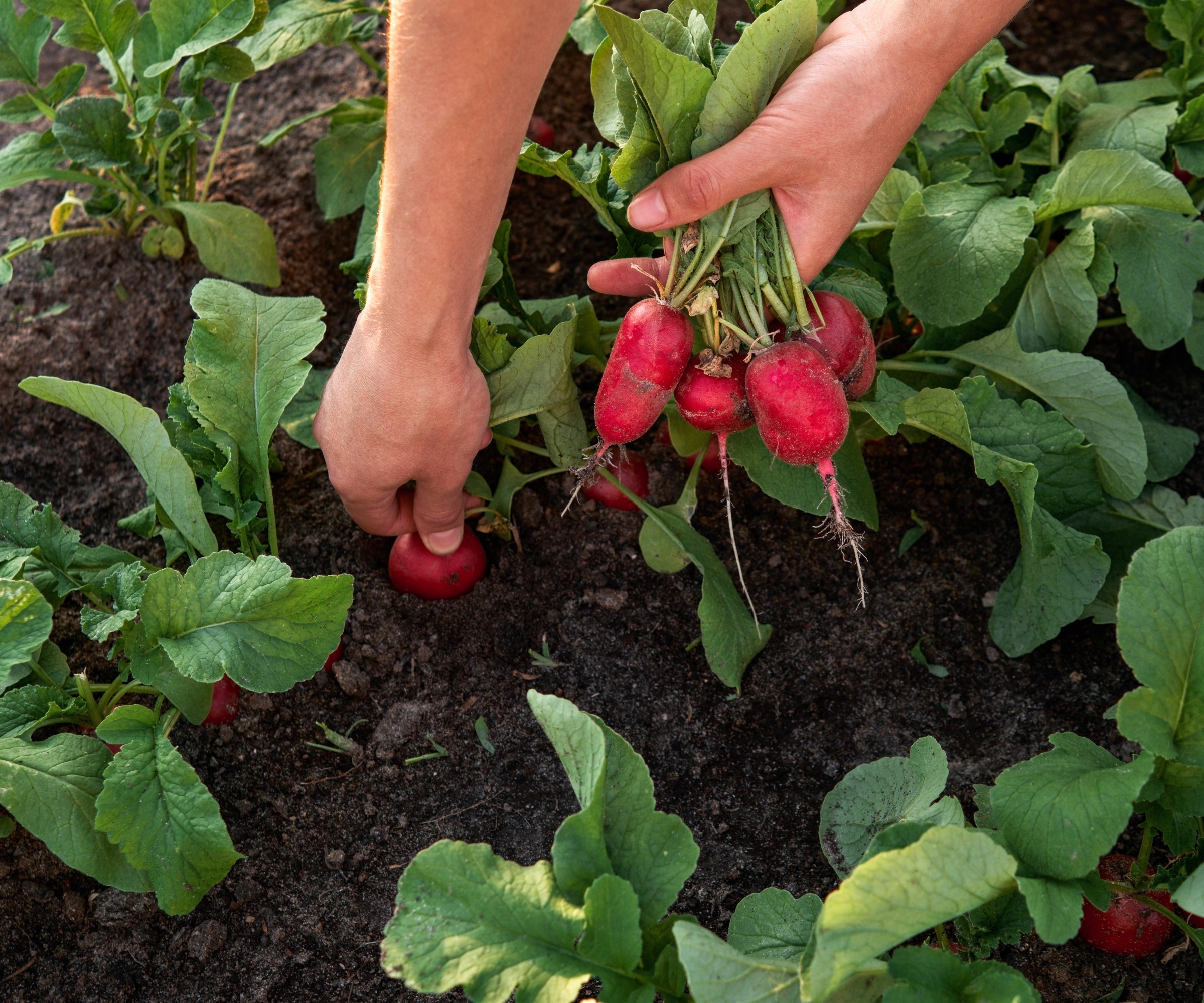
Summer radishes grow very quickly in warm and moist soil
Growing radishes can be done throughout fall in the greenhouse for a succession of fast crops. They are a great vegetable to plant in the fall, either fast-growing summer radish or larger and slower-growing winter radish types. The time to harvest radishes can come in as little as 30 days from sowing the crop and the seeds can either be sown in the ground, raised beds, or you can grow radishes in pots undercover. You can see a range of radish seeds at Burpee.
9. Microgreens
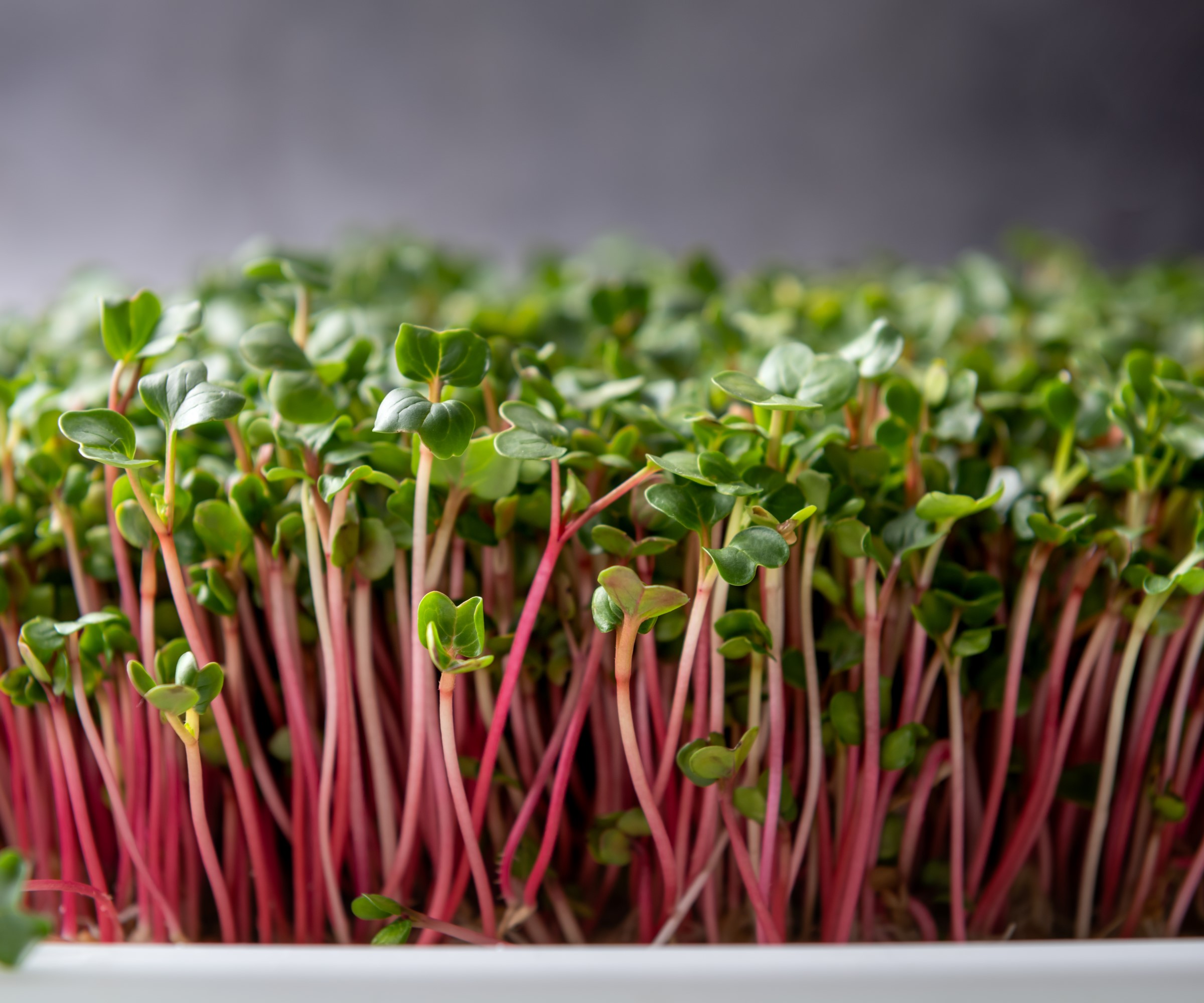
Radishes are a popular microgreen to grow
If you can provide lots of heat and light, then it is possible to grow microgreens throughout fall and winter. The likes of pea shoots, arugula, beets, or radish micros can be grown and harvested just when the first true leaves appear. They have all the nutrients of the full-size plant, but are harvested at seedling stage to be added to salads or used as garnish.
Heat and light are key to successful microgreens in fall, so heat mats and artificial grow lights are likely required to ensure successful germination and growth. You can see a range of microgreens kits and supplies at True Leaf Market, including seeds and trays that can help you grow micros in a greenhouse during fall.
Get your greenhouse in shape for fall
FAQs
Can you grow vegetables all year round in a greenhouse?
With proper planning you can grow vegetables in a greenhouse year-round. A heated greenhouse increases your options of crops and means you can definitely grow crops for 52 weeks a year. However, even in many hardiness zones it can still be possible to grow vegetables in a greenhouse in winter. The plants will benefit from a protected environment, even more so if you can keep the temperatures above freezing, but will grow slower during the colder months.
When planning a kitchen garden you want to have the longest growing season possible. A greenhouse may be a luxury, though it does really open up a world of extra possibilities. It is a real advantage being able to think about planting vegetables well into the fall months, as well as starting earlier in spring.

Drew has worked as a writer since 2008 and was also a professional gardener for many years. As a trained horticulturist, he worked in prestigious historic gardens, including Hanbury Hall and the world-famous Hidcote Manor Garden. He also spent time as a specialist kitchen gardener at Soho Farmhouse and Netherby Hall, where he grew vegetables, fruit, herbs, and cut flowers for restaurants. Drew has written for numerous print and online publications and is an allotment holder and garden blogger. He is shortlisted for the Digital Gardening Writer of the Year at the 2025 Garden Media Guild Awards.
